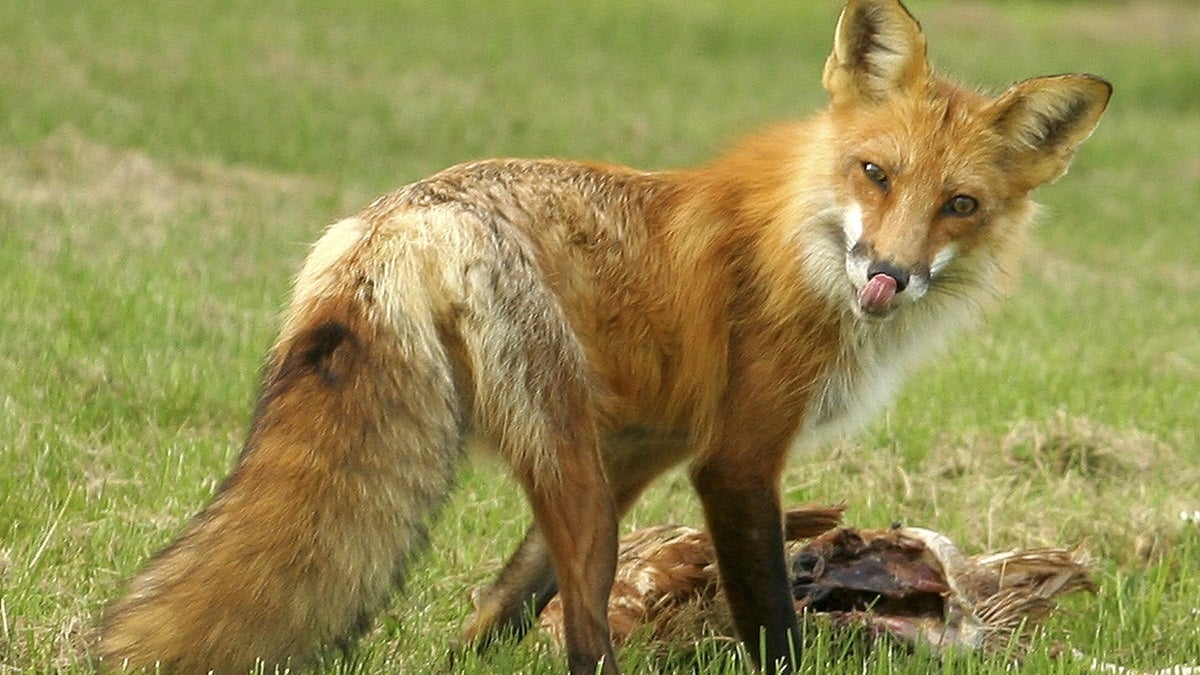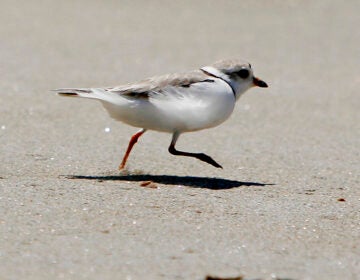Rabid fox found in southern Delaware

(AP Photo/Francis Moran)
A Milton resident is receiving treatment after being bitten by a rabid fox.
According to the Delaware Division of Public Health, the fox bit the person near the Route 89 and Chestnut Street area of Milton.
The fox, which tested positive for rabies, was captured and euthanized. The individual received post-exposure treatment to prevent rabies from developing.
This is the second animal in Delaware to test positive for rabies this year. The state also found rabies in a feral cat.
The DPH only tests animals for rabies if they’ve come into contact with humans and more infected animals could be in the state, according to the department.
Rabies is spread through a bite or scratch from an infected animal or if saliva from the animal gets into the eyes, nose, mouth or an opening in the skin.
The virus infects the central nervous system and is deadly. The disease attacks the brain, causing symptoms such as insomnia, anxiety, confusion, partial paralysis, hallucinations and difficulty swallowing, according to the Center for Disease Control and Prevention.
Rabies cannot be cured once symptoms appear. Anyone potentially exposed to rabies should receive post exposure treatment to prevent the disease from developing.
Rabies can affect domestic animals such as dogs, cats and ferrets and Delaware law requires pets over the ages of six months to be vaccinated.
The virus can be found in wildlife including raccoons, foxes, coyotes, skunks and bats and residents should be aware of animals with unusual behavior.
“Signs of rabies in animals include daytime activity in normally nocturnal animals, wild animals approaching humans or other animals, and difficulty walking or moving,” according to DPH. “Some rabid animals may be very aggressive while others may be very weak and have excessive salivation.”
The DPH advises anyone who thinks they may have had contact with an infected animal to contact their health-care provider or the Office of Infectious Disease Epidemiology at 1-888-295-5156.
WHYY is your source for fact-based, in-depth journalism and information. As a nonprofit organization, we rely on financial support from readers like you. Please give today.




